Case Report: Vasospastic angina presenting as phantom odor perception
Frontiers in Cardiovascular Medicine
JULY 5, 2024
BackgroundVasospastic angina usually presents with intermittent episodes of chest pain. It can rarely be associated with the perception of phantom odors.Case summaryA 69-year-old woman presented for evaluation of intermittent shortness of breath and chest pain.

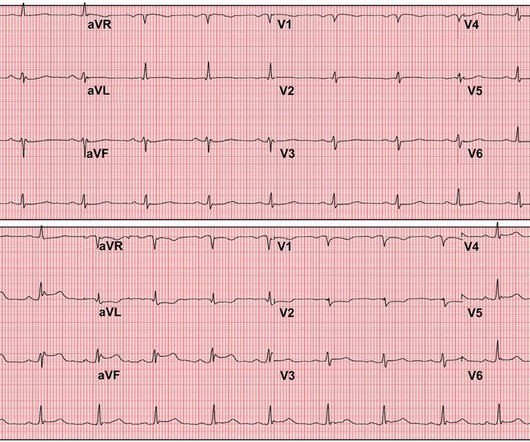

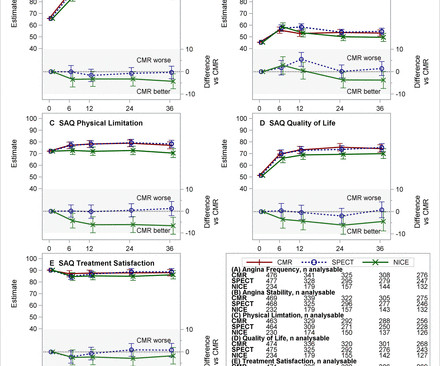





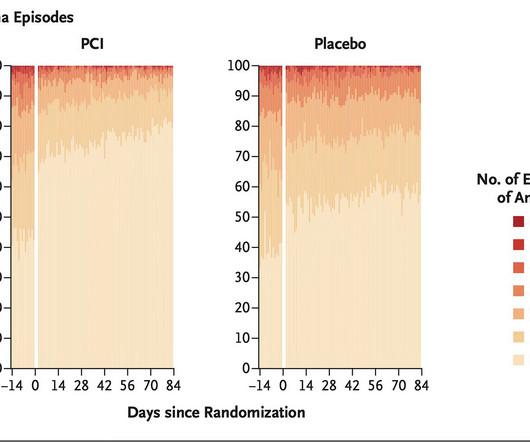


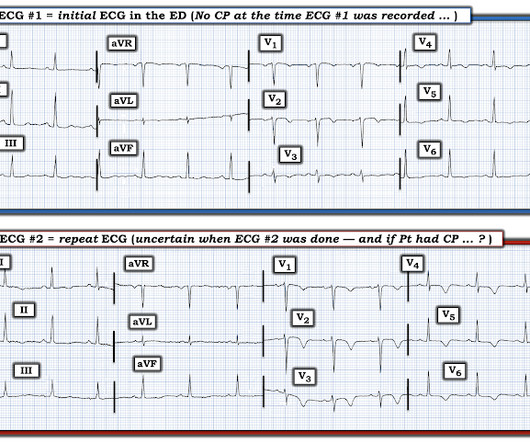
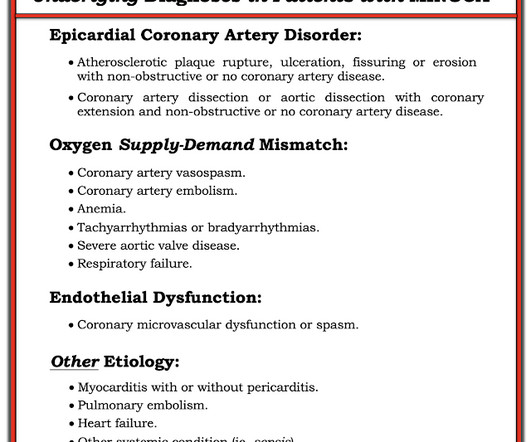

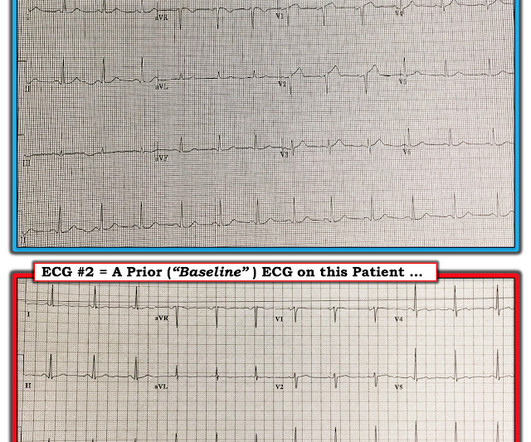


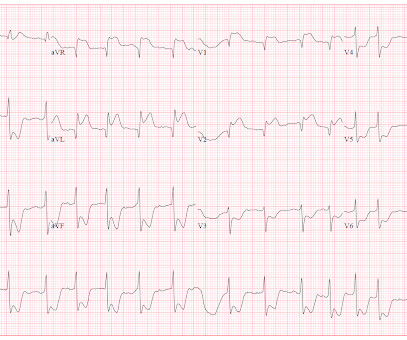






Let's personalize your content